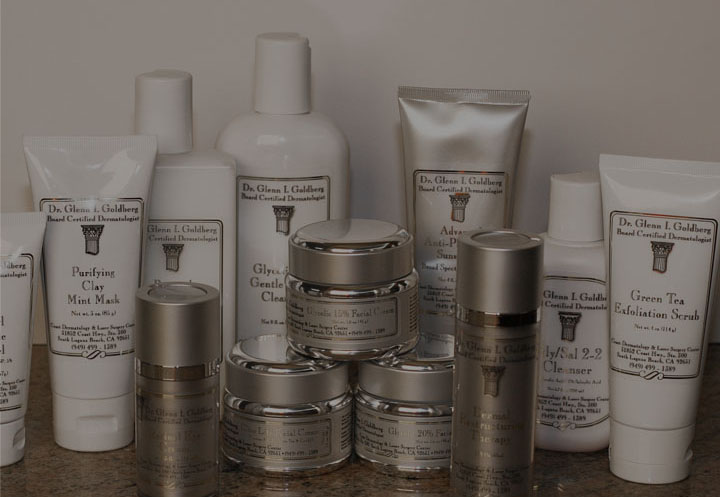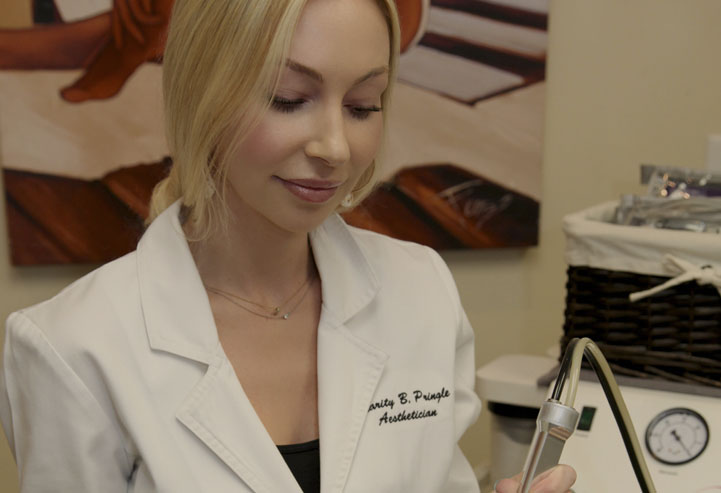How Your Skin Warns You About Diabetes

Did you know that signs of diabetes can show up on your skin? In honor of American Diabetes Alert Day (March 22) we’ll take a look at 10 skin conditions that are warning signs of high blood sugar caused by type 2 diabetes. These include dark skin on your neck, sores on your feet, and hard skin on your toes.
Are You at Risk of Diabetes? Obesity is the number one risk factor for diabetes. So are other health issues like high blood pressure, or whether you developed gestational diabetes while pregnant. In addition, race and ethnicity also play a role in diabetes risk. African Americans, Hispanics/Latinos, Asian Americans, and American Indians have a greater risk of developing diabetes . Other risk factors include:
- A sedentary lifestyle
- Being over the age of 45
- A family history of diabetes
10 Signs of Diabetes That Show Up On Skin
- Dark, velvety skin on neck, armpit, or groin (Acanthosis Nigricans)
- Painful skin that is swollen and hot (Skin Infections)
- Open sores and wounds, especially on the feet (Diabetic Ulcers)
- Yellowish patches around your eyelids that are scaly (Xanthelasma)
- Itchy skin that is extremely dry
- Patches on your skin that are hard and red, brown, or yellow (Necrobiosis Lipoidica)
- Thick, hard skin on fingers or toes (Digital Sclerosis)
- A large blister or a group of blisters (Bullosis Diabeticorum)
- Small yellowish-red bumps (Eruptive-xanthomatosis)
- Skin spots or lines (Diabetic Dermopathy)
How a Dermatologist is Your Partner in Skin Care
Our dermatologists can help you care for skin if you have diabetes. They can help you prevent skin infections and develop a skin care routine to manage skin problems related to high blood sugar.
Moisturized Skin
You’ll also work together to develop a skin care routine for your extremely dry, itchy skin. This will give you relief, plus protect your skin barrier so bacteria stay out of your body. One example of this is on the heels of your feet, which can become hard and crack open, letting bacteria penetrate your skin and possibly cause an infection. Your dermatologist will recommend a product to keep the skin, including your heels, hydrated and your skin barrier intact.
Extra Care For Your Feet
Your dermatologist can teach you to look for ulcers (or open sores) on your feet which can be treated easily when detected early. Daily foot checks are important because if you have diabetes you can often detect wounds with your eyes that you otherwise wouldn’t notice because you can’t always feel a wound forming on your feet due to loss of sensation.
Clean Skin
If you have diabetes your dermatologist will want you to take extra care to make sure your skin is clean and that any wounds or sores are disinfected and dressed. That’s because high blood sugar predisposes you to infections, and even small wounds need extra care to prevent conditions like a staph infection.
Skin Checks
Your dermatologist will help you check for fungal infections which can show up on folds of the skin and also on your nails. Because fungi thrive in a sugary environment, you can help prevent them by making sure your blood sugar is controlled and not elevated.
In honor of American Diabetes Alert Day, we’re raising awareness about diabetes risks, which include obesity, family history, and race and ethnicity. We’re also highlighting how signs of diabetes can show up on your skin. The number one sign of diabetes is dark, velvety skin on the neck, armpit, or groin. If you have diabetes, your dermatologist can be your partner in skin care. If you have any of the above signs of diabetes that worry you, join others who have come into our clinic to have it professionally checked.





